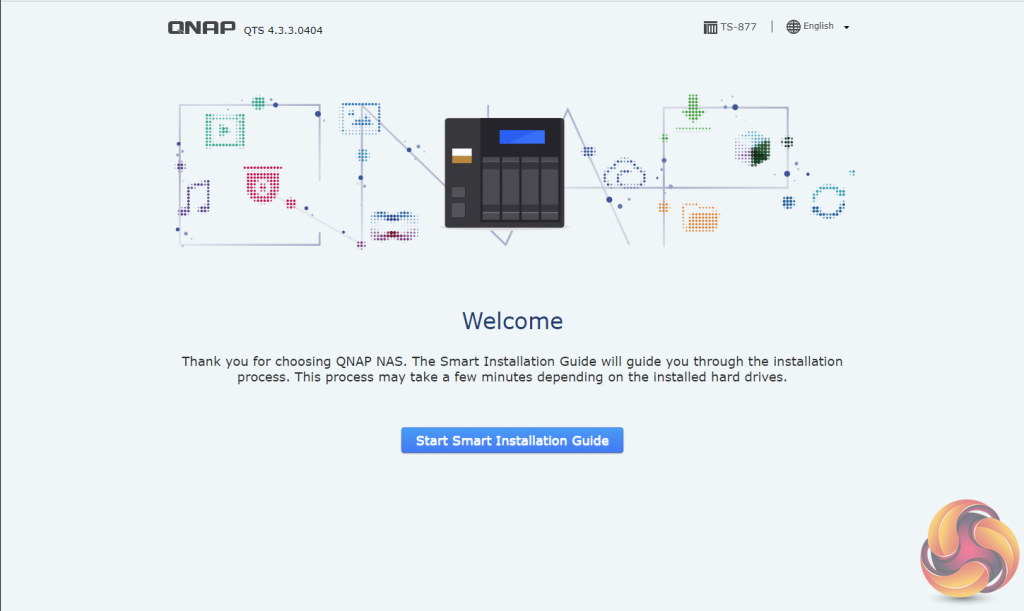

- #GET QFINDER LINK FAILES 64 BIT#
- #GET QFINDER LINK FAILES UPDATE#
- #GET QFINDER LINK FAILES PASSWORD#
#GET QFINDER LINK FAILES UPDATE#
Error 0x80004005 when Installing Windows 7 or Windows Server 2008 R2 SP1ĭownload and Run CheckSUR from here. After the System Update Readiness Tool has finished checking the components on the system, run SFC Scan. Hold the Windows key and Press R, and type hdwwiz.cpl to open Device Manager. Select Network Adapters and then click View from menu, and choose View Hidden Devices. Expand Network Adapters, and if you see Microsoft 6to4 Adapters, then delete them all by right clicking and selecting Remove Device. If the problem persists after following all of the steps above then Once this is done, restart your computer and see if you can now access the shared drives or folders. Usually, the LocalAccountTokenFilterPolicy value gets created before you have a chance to set the data value no problem, just double-click and modify the data from 0 to 1. In either case, set the value to numeric 1 (meaning on), and remember to click OK.
#GET QFINDER LINK FAILES 64 BIT#
Navigate to the following path in regedit HKLM\SOFTWARE\Microsoft\Windows\CurrentVersion\Policies\Systemįor 32 bit system, create a new DWORD value called LocalAccountTokenFilterPolicy.įor a 64 bit system, make a QWORD (64-bit) called LocalAccountTokenFilterPolicy. We will use regedit to create a LocalAccountTokenFilterPolicy Value. Error 0x80004005 when accessing a Shared Drive/Folder Replace your antivirus with another such as AVG or Security Essentials. Uninstall your antivirus, test it and then reinstall it. If deleting the key does not help, then try disabling your antivirus. If this key exists, delete it and try again. "C:\Program Files\Oracle\VirtualBox\VirtualBox.exe"="DISABLEUSERCALLBACKEXCEPTION"

Go to the following registry path: HKEY_LOCAL_MACHINE\SOFTWARE\Microsoft\Windows NT\CurrentVersion\AppCompatFlags\Layers Hold Windows Key and Press R. Type regedit and Click OK It usually is the registry key that causes issues. Troubleshooting this issue depends on where and how the error message is being originated from and since the error does not specifically tells you what the actual problem is, even in the Microsoft Books it is defined as “ Unspecified Error“.Įrror 0x80004005: Causes and Solutions Repair Corrupt System Filesīefore attempting any of the methods in this guide we highly recommend using Restoro to scan and restore corrupt and missing files from here, and then see if the issue is fixed if not then chose the issue from the index above and follow instructions given. As this resulted only in a single failed access attempt, the PC’s IP address was not banned.Error 0x80004005 is translated as an unspecified error and is usually seen when the user cannot access Shared Folders, Drives, Virtual Machines, Microsoft Account changes, and also when the Windows Updates fails to install. Why did this work? Apparently, Windows only tried to use the current user credentials once when connecting to the NAS and then used guest access.

Clicking on a protected folder brought up the Enter network credentials dialog: Now (and after the IP ban period has expired, of course) it was possible to access the NAS through the file explorer. On other PCs running Windows 10, the described behavior was correct and the entire problem never appeared. Note: The description says that “if you do not configure this policy setting, the SMB client will allow insecure guest logons.” This was not true for me on Windows 11 21H2, the setting had to be explicitly enabled. This registry setting can be found under Local Computer Policy -> Computer Configuration -> Administrative Templates ->Network -> Lanman Workstation -> Enable insecure guest logons:
#GET QFINDER LINK FAILES PASSWORD#
This allows the PC to connect to SAMBA shares which are not protected by a password (such as the Public folder on a QNAP NAS). In the registry of my Windows PC, I enabled insecure guest logons for the SMB client.

I tried a different solution which I found here.


 0 kommentar(er)
0 kommentar(er)
